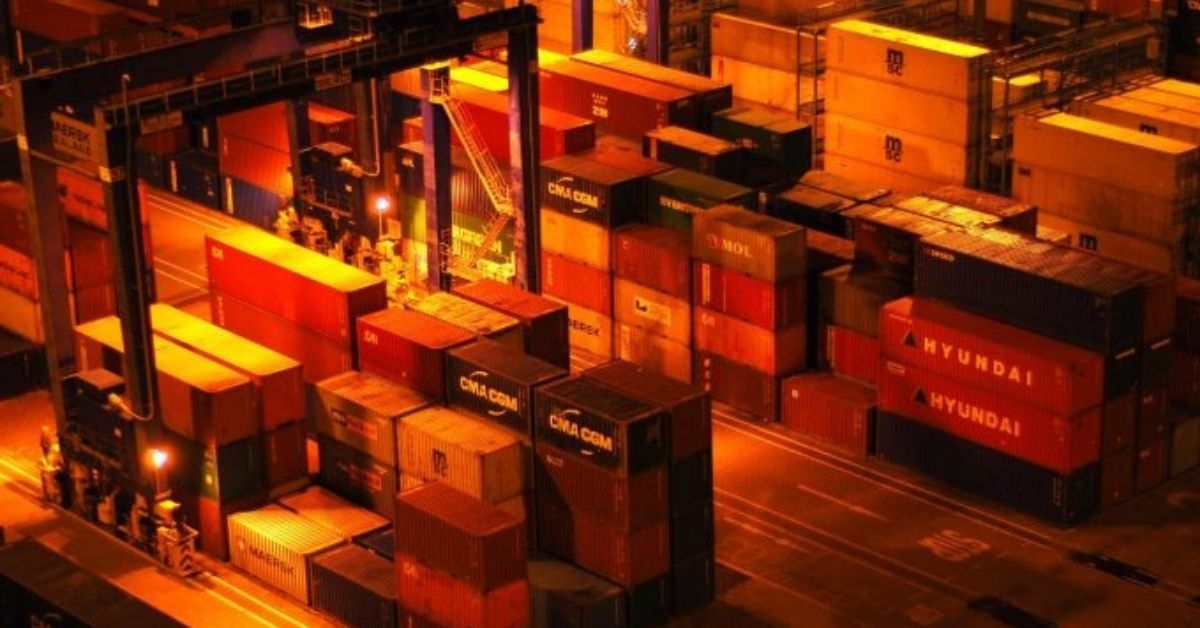Container xChange, the world’s largest neutral marketplace for shipping containers and a provider of technological logistics infrastructure, has announced the results of its container logistics analysis for the Indian market. The study’s key findings reveal that average costs of 20 ft DC and 40 ft HC standard shipping containers have been declining across the ports of Chennai, Nhava Sheva, and Mundra since mid-January 2022, after peaking in the months of August-September 2021.
However, the prices are much higher than the prices from January 2021 (40% higher in Chennai, 36% higher in Nhava Sheva and 36% in Mundra for 40 ft HC containers). The average prices have increased by 41% from $1341 on 1st January 2021 to $2269 as on 23 April 2022 at the port of Nhava Sheva for 20 ft DC cargo worthy container.
The average price of 40 ft HC container in Chennai were $5127 in mid-January 2022 which fell to $4297 on 18th April 2022. A fall of 16% since 17th January 2022.
Another key finding is the rise in Container Availability Index (CAx) values from week 14 (4 April till date). The CAx (Container Availability Index) is a tool that allows container logistics businesses to monitor the import and export moves of full containers around major ports. A CAx value of 0.5 means that the same number of containers leave and enter a port in the same week. CAx values of > 0.5 means that more containers enter and CAx values of < 0.5 means more containers leave a specific port.
CAx values rise when there are more inbounds than outbounds and if the CAx values maintain at a higher level, then that means that there is a problem of containers piling up, or there is a rise in blank sailings or carriers missing calls at the Indian ports while the containers that are transported are not moving out back at the same speed.
“This has an explanation that corroborates well with the macro-economic factors. The Colombo crisis has led to more transshipment containers being directed to the east coast ports in India,” said Christian Roeloffs, founder and CEO, Container xChange.
Industry data available from the Indian ports also indicates that there has been a rise in the container throughput volumes by ports, namely, JNPT, Chennai and Adani (Mundra) ports. (See notes section for data)
Commenting on India’s state of the container logistics market, Christian Roeloffs, founder and CEO, Container xChange said, “The crisis in Colombo, a major transhipment hub for Indian cargo, has led to more traffic of containers at the Indian ports. For India to leverage the opportunities presented by the global supply chain dysfunction, it is important to improve the cargo handling capabilities at India’s ports, build stronger hinterland transportation and must attempt to bring down the logistical costs. It is very encouraging to see that the average turnaround time for container vessels at major ports has improved which will benefit trade in times to come.”
However, there are other bottlenecks that need addressal. According to a joint report conducted by Container xChange and Fraunhofer – CML, one of the world’s leading applied research organizations earlier this year (January), the average median time containers spent in Indian depots in 2021 was 22 days, while in China it was just 5 days. This is one of the many bottlenecks that shippers face when exporting cargo filled containers from India.
“I do believe that India can benefit greatly from e-commerce and technology that brings massive visibility into the supply chain process that will in turn help the industry to better manage the ports, hinterland transportation, container movement, depot management, etc. It is not so much about reinventing the wheel for the country, but about how the industry can better benefit from the technology and inventory already there in the global value chains, at least in the short to mid-term,” said Roeloffs. Amongst the Indian ports, Mundra has the costliest 40 HC cargo worthy containers {Ranks #3 worldwide after Warsaw ($2670) and Milano ($2348)}, at $4269 as on 26 April 2022 followed by Nhava Sheva ($4261) and Chennai ($4247). Mundra has the costliest 20 ft DC container at $2311 as on 26 April 2022 followed by Nhava Sheva ($2268) and Chennai ($2259).







